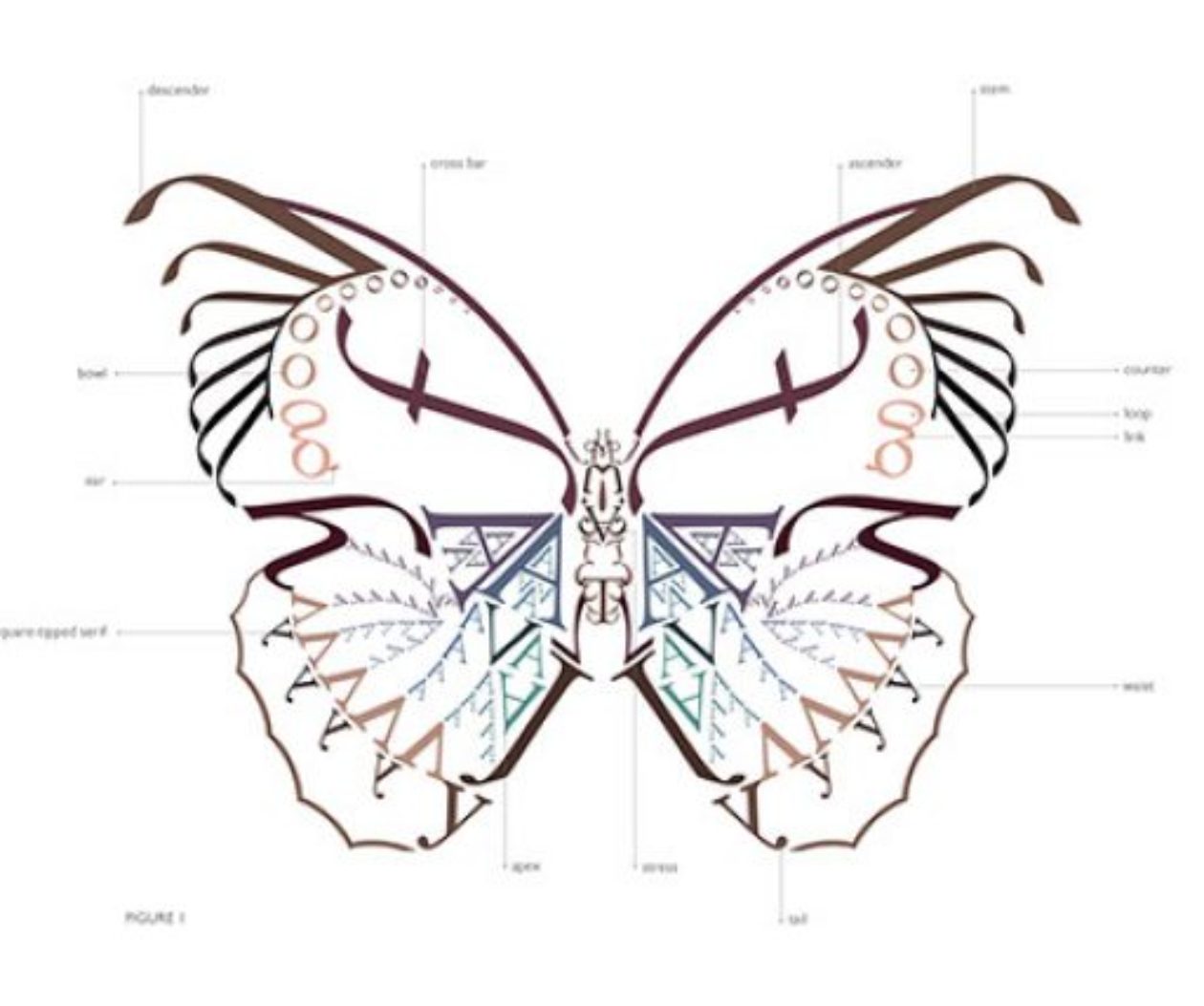*Featured Image: “Redresseurs,” by Cuban art collective The Merger
She’s on the third floor, next to a statue from Cameroon. She’s young and beautiful, just a girl really. Her expression is difficult to interpret.
She stares at me.
On our way into the museum, we pass a group of Senegalese women clothed in bright headscarves. They’re chatting loudly, and I wish I could understand what they’re saying. I wonder what they think of the world’s first Museum of Black Civilizations. It’s located in their capital city of Dakar, paid for with $34,000,000 in Chinese aid money.
A baobab tree sculpture welcomes visitors to the large open space on the ground floor: an iconic image of Africa.
But will most Europeans and North Americans associate it with Lion King?
We wander around the massive 150,000 square feet museum. It seems there is more space than artifacts.
“There was no curator,” the ambassador of Luxembourg says when I ask her what she thought. She had attended the opening ceremony.
The shape of the building imitates the walls of Great Zimbabwe, an abandoned Iron Age city with imposing stone structures that gives the modern-day nation its name. When the country was still called Rhodesia, named after the British miner and businessman Cecil. B. Rhodes, the colonizers came up with different theories of who had built the city. Something so sophisticated couldn’t have been built by Africans, they reasoned.
Yet the tall, white walls draw attention to fragments of impressive history.
The first exhibition displays the roots of humanity in East Africa on a long, curved wall upon which one can follow its evolution. Another showcases pictures of the castles of Benin and the mosques of Mali.
All that history printed on foam boards not worthy of the past they convey to us. The evidence of those old kingdoms scattered all over the civilized world.
“Up to 95 percent of Africa’s cultural heritage is held outside Africa by major museums. France alone holds 90,000 sub-Saharan African objects in its museums,” reports The New York Times.
Luckily for Musée des Civilisations Noires, France loaned some artifacts for the opening. They’re going to demand them back, too.
I find my friend looking at a sprawling installation piece with sand on the floor and human size matches sticking out of it. They’re burnt to varying degrees.
Two white matchboxes stand in the background with the text “Le Laboratoire Déberlinisation” underneath a classical European-style building facade. The columns look like bars. Behind them is the map of the African continent.
“Why does it mention Berlin?” my friend asks.
“Probably for the late 19th century Berlin Conference where European nations divided Africa between them, without any African representatives present.”
“Why didn’t I know that?”
The higher we go, the more there is and the stronger the impact on us. It’s mostly contemporary art from the last Dakar Biennale and from the African diaspora.
It’s as if the museum wants to show the visitor the magnificent but looted past, histories of kingdoms not included in the colonizing continent’s schoolbooks, ending with the feisty spirit that despite all hasn’t been stifled.
We spend most of our time on the third floor. That’s where I meet her.
She stares at me, a white tourist, with a blank stare. Or is it bold rather? Confrontational? Like she knows something I don’t and she’s not going to tell me either.
The light reflects off her flawless skin, but only in hues of black and white.
The 2018 painting’s name is “Redresseurs,” by Cuban art collective The Merger.
My French is so bad I have to check later in the dictionary what it means. Rectifiers. A rectifier is “a device that converts alternating current into direct current.” Or “a hair straightener.”
Perhaps also a “revenger,” a “judge,” or “a righter of wrongs.”


